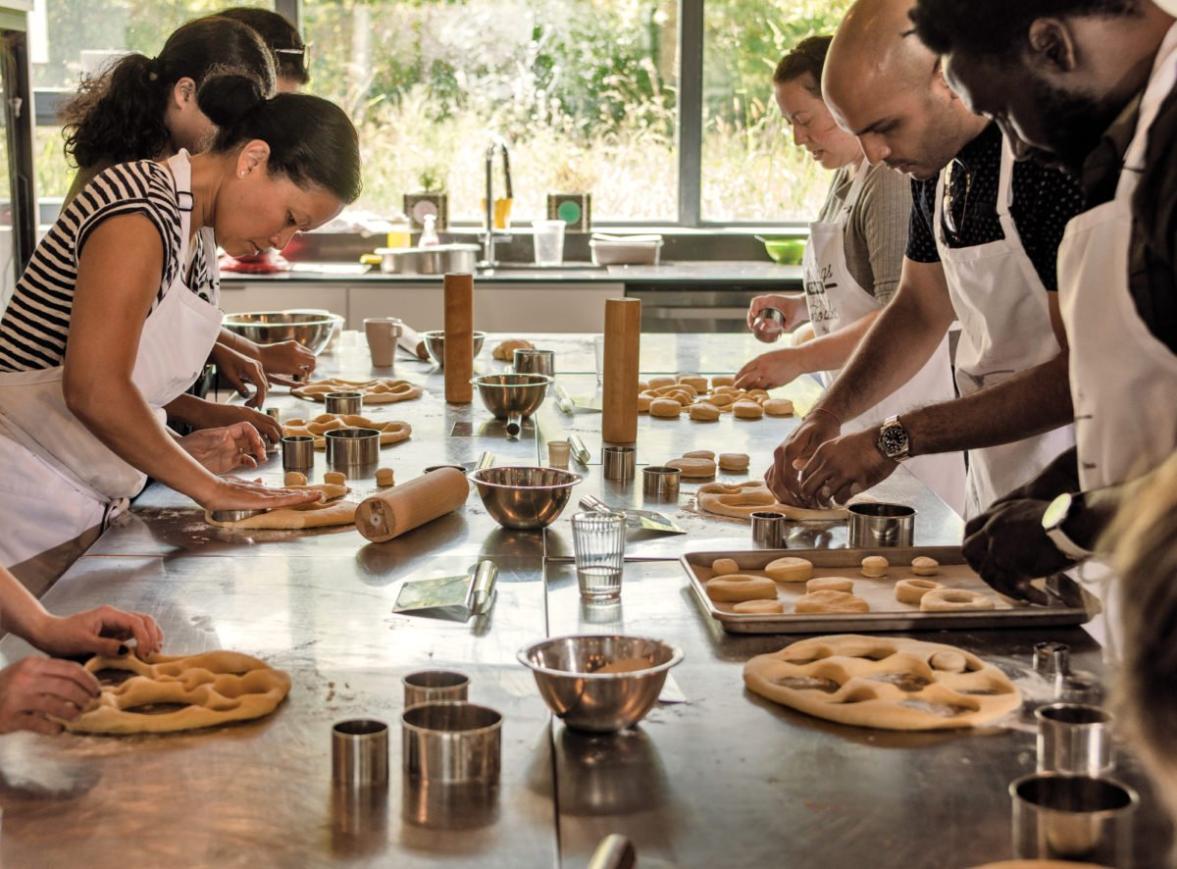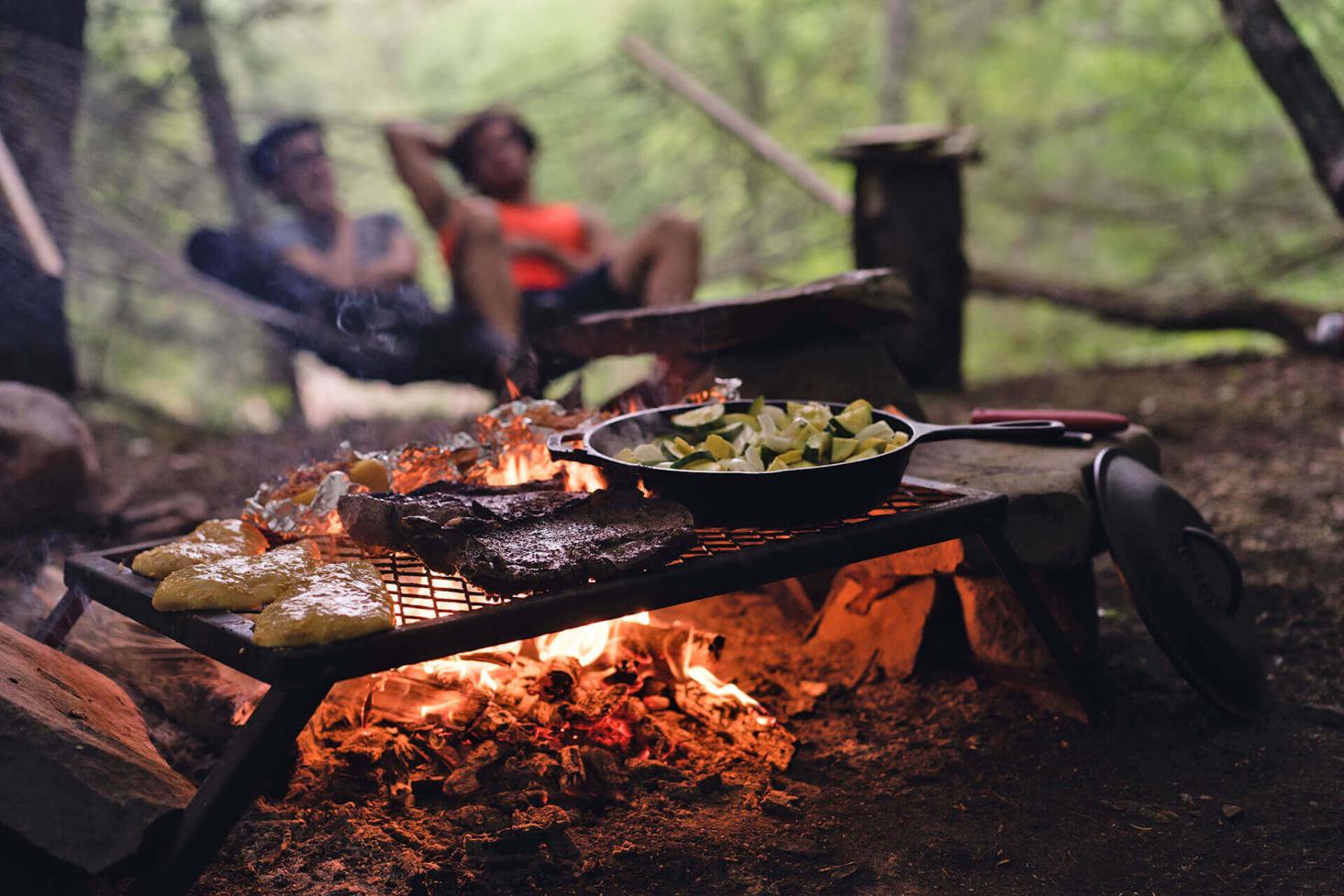How to Master the Art of Knife Skills for Efficient Food Preparation
In the culinary world, knife skills are paramount to efficient and successful food preparation. Mastering the art of knife skills not only elevates the quality of your cooking but also streamlines the entire cooking process, saving you time and effort in the kitchen.

Benefits Of Mastering Knife Skills:
- Enhanced Food Quality: Precise knife cuts ensure even cooking, optimal texture, and visually appealing dishes.
- Improved Efficiency: Efficient knife skills allow you to work quickly and confidently, reducing overall cooking time.
- Safety in the Kitchen: Proper knife handling techniques minimize the risk of accidents and injuries.
- Culinary Creativity: Mastering knife skills opens up a world of culinary possibilities, enabling you to create intricate dishes with ease.
Common Mistakes To Avoid:
- Incorrect Knife Grip: Holding the knife improperly can lead to fatigue, discomfort, and potential injury.
- Dull Knives: Using dull knives requires more force, increasing the risk of accidents and compromising the quality of your cuts.
- Improper Cutting Technique: Incorrect cutting techniques can result in uneven cuts, inconsistent sizes, and potential injury.
- Neglecting Safety: Failing to follow proper safety precautions, such as keeping knives sharp and storing them properly, can lead to accidents.
Basic Knife Skills:
Holding The Knife Properly:
The proper grip is essential for control, precision, and safety. Hold the knife with your dominant hand, placing your thumb and forefinger on the bolster (the area between the blade and the handle). Your other fingers should rest comfortably on the handle.
Different Types Of Cuts:
- Chopping: Coarsely cutting vegetables, fruits, or herbs into large pieces.
- Dicing: Cutting food into small, uniform cubes.
- Slicing: Cutting food into thin, even slices.
- Mincing: Finely chopping food into very small pieces.
- Julienne: Cutting vegetables into thin, matchstick-like strips.
Practicing Basic Knife Skills:
Regular practice is key to mastering basic knife skills. Start with simple cuts, such as chopping and slicing, and gradually progress to more complex techniques. Practice on different types of vegetables and fruits to develop your skills and confidence.
Advanced Knife Skills:
Mastering The Art Of Brunoise:
Brunoise is a technique used to cut vegetables into very small, uniform cubes. This technique requires patience and precision, but it adds a touch of elegance and sophistication to dishes.
Chiffonade Technique:

Chiffonade is a technique used to cut leafy greens, such as basil or spinach, into thin, ribbon-like strips. This technique is often used in salads, garnishes, and sauces.
Turning Vegetables:
Turning vegetables is a technique used to create uniform, decorative shapes, such as carrots or potatoes. This technique requires a sharp knife and a steady hand.
Carving Meat And Poultry:
Carving meat and poultry requires specialized techniques to ensure proper slicing and presentation. Mastering these techniques allows you to create visually appealing and evenly cooked dishes.
Knife Safety:
Proper Knife Care And Maintenance:
- Keep Knives Sharp: Sharp knives are safer and more efficient than dull knives.
- Store Knives Properly: Store knives in a safe and secure location, such as a knife block or magnetic strip.
- Clean Knives Thoroughly: Always wash knives thoroughly after use to prevent the growth of bacteria.
Safe Knife Handling Techniques:
- Always Cut Away from Your Body: Avoid cutting towards your body to prevent accidental injuries.
- Use a Cutting Board: Always use a cutting board to protect your countertops and prevent the knife from slipping.
- Keep Your Fingers Away from the Blade: Keep your fingers curled inward to prevent them from coming into contact with the blade.
Preventing Common Knife Accidents:
- Never Use a Dull Knife: Dull knives are more likely to slip and cause accidents.
- Avoid Distractions: Stay focused on the task at hand and avoid distractions while using a knife.
- Never Carry a Knife in Your Pocket: Always carry knives in a safe and secure manner.
Choosing The Right Knife:
Different Types Of Knives:
- Chef's Knife: A versatile knife used for a variety of tasks, including chopping, slicing, and dicing.
- Paring Knife: A small, sharp knife used for delicate tasks, such as peeling and garnishing.
- Serrated Knife: A knife with a serrated blade, used for cutting bread and tomatoes.
- Utility Knife: A medium-sized knife used for a variety of tasks, such as slicing meat and cheese.
- Boning Knife: A thin, flexible knife used for removing bones from meat and poultry.
Selecting The Right Knife For The Job:
Choosing the right knife for the task at hand is essential for efficiency and safety. Consider the type of food you are cutting and the desired cut to select the most appropriate knife.
Tips For Efficient Food Preparation:
Organizing The Workspace:
Keep your workspace organized and clutter-free to ensure efficient and safe food preparation.
Using The Right Cutting Board:
Use a cutting board that is large enough to accommodate the task at hand and is made of a non-slip material.
Keeping Knives Sharp:
Regularly sharpen your knives to ensure optimal performance and safety.
Maintaining A Clean And Sanitary Work Area:
Keep your work area clean and sanitary to prevent the growth of bacteria and cross-contamination.
Mastering the art of knife skills is a valuable investment in your culinary journey. With practice, patience, and attention to safety, you can elevate the quality of your cooking, streamline your food preparation process, and unlock a world of culinary possibilities.
Remember, the key to becoming a skilled knife user is consistent practice. Start with basic cuts and gradually progress to more advanced techniques. With dedication and perseverance, you will master the art of knife skills and become a confident and efficient cook.
YesNo

Leave a Reply